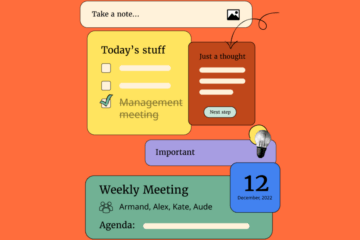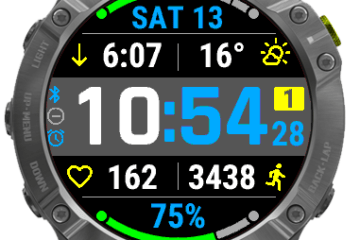The New York Times and New York Postdiscovered hundreds of counterfeit shopping apps in Apple’s App Store. This is also a problem we have seen in Google’s Play store. While some of these apps will display annoying banner ads, others could have more serious consequences.
Some apps may contain malware that could steal personal information. Scammers could also benefit from unsuspecting customers entering credit card information in these bogus apps.
Here are a few tips to help you identify the real apps from the fake ones:
- Check to see who published the app. Be careful, though, scammers will use similar names; such was the case for Overstock.com (real) and Overstock Inc (fake).
- Check the reviews in Apple’s App Store and Google’s Play store. A real app will likely have thousands of (hopefully positive) reviews, while a fake one will likely have zero.
- Look at the publish date. A fake app will have a recent publish date, while the a real one will have an “updated on” date. For example, that fake Overstock app was only published on October 26 of this year.
- Check for spelling mistakes in the title or description. Many of these apps come out of China. Take extra caution if it looks like English isn’t the developers’ first language.
- Beware of apps that promise shopping discounts. Sound too good to be true? It probably is.
- When in doubt, visit a store’s website in your browser and look for an icon or button that reads “Get our app.” This will take you to the App Store or Google Play store where you can download the correct app.
[Source:-CNET]



